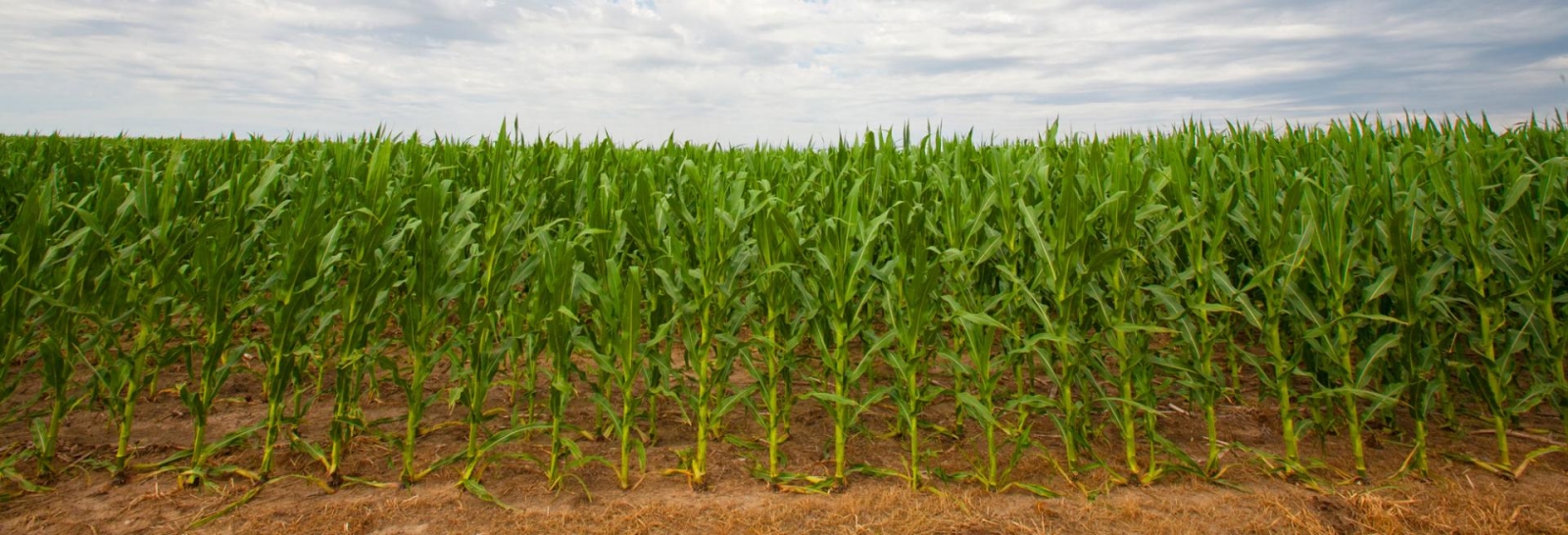Late Summer Pasture Weeds
August always seems to be a time when certain weeds can become quite noticeable in pastures. That is especially true this summer where many parts of Nebraska have had abundant summer rains. There can be a variety of common annual weeds like sunflowers, lambsquarters or kochia.
Perennial weeds like western ragweed, ironweed and verbena can be plentiful in some pastures as well. In areas of pastures that have relatively thin grass stands, in areas where animals congregate, or if some overgrazing has occurred, they can be very visible.
Spraying weeds now does little good. Many weeds are too large to kill. On both annual and perennial species that produce seed, herbicides might only reduce some seed production. If the goal is to improve appearance, shredding areas that have an abundance of weeds might be the best option, and may reduce some seed production too, if it’s not already too late.
Two other approaches are better for long-term weed control. First, focus on the grazing management of your pastures. This includes using the proper stocking rate and developing a good rotational grazing plan. An important objective is to increase the health, vigor and density of your grass. Healthy, competitive grass stands are essential to reduce weed populations economically over time.
Second, target herbicide applications for when they will do the most good. Both perennial and annual species can be better targeted with a spring application when plants are smaller and able to be controlled. For perennials, if a second application is needed, waiting closer to a killing frost is best. These fall applications can be more effective as more product is translocated down to the roots of the weeds.
Pasture weeds may look unsightly now, but hold off on spraying. Improve grazing management and time herbicides for the best window of control so herbicides won’t be needed as often in the future. On the bright side, for areas that have had good rains this summer, it is likely that annual weeds will be less abundant next year as pasture grasses had a chance for buildup vigor and reproduce.
Kernel Processing for Quality Corn Silage
High value silage depends on maintaining chop quality throughout harvest. Do you know how to reliably monitor your silage quality?
Energy from corn silage comes in a large part from starch in the grain itself. After consumption however, the outer seed coat impedes starch digestion. To counteract this, many modern choppers are fitted with a kernel processor that physically crushes or damages the grain and stalks, improving digestibility. Correctly setting these rollers is critical. Too close and machine ware increases, too far apart and they kernels aren’t broken and digestibility is decreased.
To achieve high quality silage, catching any problems with the processor as soon as possible is critical. To do this, grab a 32 oz. cup and at least once an hour during harvest, grab a sample from the pile.
Next, spread the sample out on a flat surface — like a card table — near the pile and go through the kernels. Count all the kernels that are ½ or greater in size. You can also put the sample into a bucket of water. The kernels will sink to the bottom, and stalks and leaves will float. Skim/drain off the top layer and again count any kernels that are halved or greater in size.
For both methods, the goal is to have two or fewer whole or half-sized kernels in your count. Anything over that and word can be passed to the chopper to adjust the processing.
For those who don’t have access to a kernel processer, keeping chop length short can help accomplish similar results. Shortening chop length to 3/8-inch for machines without a processor will do more kernel damage and maintain similar fiber particle size. For those whose priority is not particle size — mostly beef producers — dropping down to ½-inch chop length will damage even more kernels and provide the additional benefit of helping get a better pack.
Cover Crops Grazing
Cover crops can provide dual purpose benefits of soil health improvement and livestock forage production. For some crop producers, cover crops value is based on the plants protecting soil from water and wind erosion along with improving soil structure, increasing organic matter and enhanced field water infiltration. Bonus values may focus on potential nutrient recycling from cover crops to lower commercial fertilizer costs.
Based on forage production, livestock producers may assign their highest cover crops values to potential alternative pastures or haying. This becomes even more important when their perennial grass ranges have delayed spring growth or grazed rangeland need extended rest periods due to summer drought.
In Nebraska, cereal rye is the most common fall-planted cool-season grass species cover crop.
The highest biomass usually occurs when rye is seeded in August or early September then grazed in spring prior to soft dough head development. However, rye can be late-seeded after Thanksgiving and still provide good spring forage.
Other fall-seeded cool-season grass cover crops might include winter wheat, triticale, barley and oats. Although oats are preferred for building beneficial fungi soil health, these plants will likely winter kill.
Brassicas like turnips, canola and radishes along with small-seeded legumes will provide good extended grazing when warm-season plants are grazed off in late summer or early fall. Turnips are often overlooked as a lower cost tuber crop, which can maintain their nutritive value longer after a killing frost than radishes. Canola can provide fall and winter grazing and re-grazed in the spring if winter cold conditions are not too severe. Radish tubers can provide good winter grazing and possibly improve soil tilth, but they typically will not overwinter.
More information regarding cover crops and grazing is available on CropWatch or UNL Beef.

